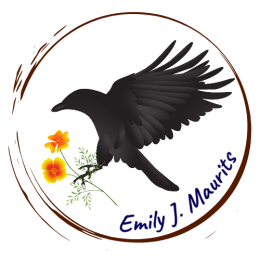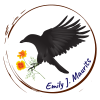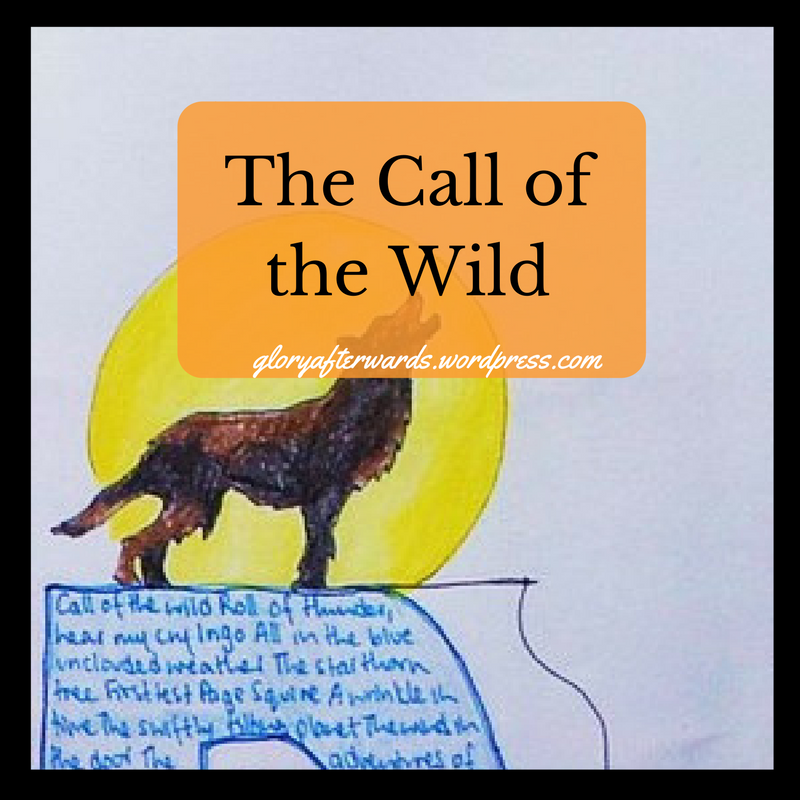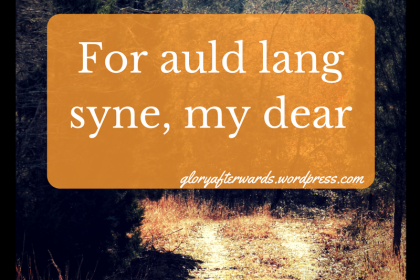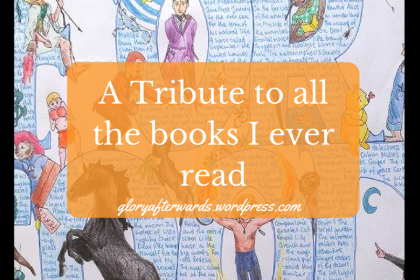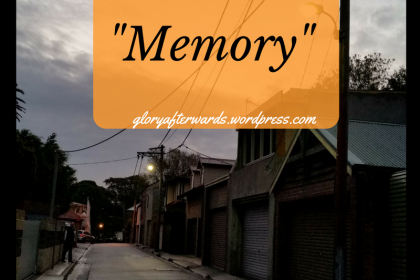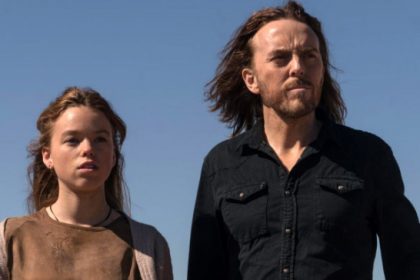I read The Call of the Wild bit by bit during “reading time” in Year 4. It is a relatively short novel by Jack London, published in 1903, but set in the 1890s Canadian Gold Rush. It tells the story of a pet St. Bernard-Scotch Shepherd dog, stolen from his pampered home and put to work as a sleigh dog in a brutal world where the toughest survive and everyone else, whether man or animal, perishes.
It had such an impact on me when I first read it that I have been almost afraid to read it since, and so these reflections are 12 years old.
What I loved
Firstly, I don’t know if “love” is the right word. All I remember is being swept into a story full of deep evils and shallow loves. Each time I opened it, the plot gripped me. It told a story about a world of which I knew nothing, and a time which I had never dreamed existed. Each chapter left me with the constant question: would Buck the dog find happiness in the end?
The world the story was set in meant that anything could have happened. I would not have been surprised had the main character died half way through or the novel concluded with Buck being relegated to an inhumane existence for the rest of his years. This very real danger raised the stakes as I read it, and had me practically breathing in sync with the dogs as they battled for their lives.
It which was a book which was able to physically affect me like very few books had done, and while I was reading it, and afterwards, I viewed it with both fear and profound respect. I dreaded reading in case it had an unhappy ending, but I could not possibly leave it unfinished.
Why I loved it
Similar to the reasons I enjoyed The Adventures of Sam, I loved this book because it was not a softly-padded childrens story. It dealt with real problems and described in detail real agonies. It painted with a broad hand a world which was harsh and unforgiving, yet where friendship and small kindnesses shone brighter than ever.
This book taught me to appreciate friendship by showing me the miseries and consequences of indifference and cruelty. It taught me what was good and right by examining what is not good and not right. Very few books manage to do this while maintaining a complex and entertaining plot.
As much as this was a book about suffering, a book about ‘issues’, and a book about the ‘real world’, it never came across as moralistic or “preachy”. I think this is because it started with the character of Buck, rather than his world. He was a very real character, and as a reader I picked up the moral lessons from the corners and the sidelines rather than having them thrust upon me from the centre.
I also appreciated that the man (Thornton) who becomes Buck’s friend and revives his trust in humanity is not a simple bleeding heart sort of character. He is complex and grey, and their relationship is rough and entirely befitting to both of their experiences and abilities.
“They were not half living, or quarter living.
They were simply so many bags of bones
in which sparks of life fluttered faintly.”
Favourite part ever
When Thornton first showed kindness to Buck. It was like a bright light, a refreshing breeze. Finally, someone cares in the midst of such cruelty.
Issues and complexities
Again, this is me 12 years later, but my ten year old self was deeply moved by the brutality depicted on the pages. While I may have intellectually known that such things occurred, and were realities, being swept by vivid descriptions into a world where they were commonplace was unsettling and painful. Do I regret reading it? Absolutely not, but it was not a comfortable read.
The main character is a dog, and in the end he becomes entirely wild. Killing other dogs and ruthlessly fighting his way to the top of the pack in order to survive. Perhaps, in a world where natural selection is king, his actions are ultimately right. And yet, it’s helpful to remember that we exist in a world governed by something other than survival. We value love, kindness, sacrifice and many other elements of which have no place in Buck’s world.
Is his world ‘right’? Can animals decisions be judged in the same way human’s can? How does that translate when the main character is not a human, but the readers are – and we learn something from every book we read? Perhaps we need to make sure we are learning the lessons befitting to who we are, as humans not animals.

